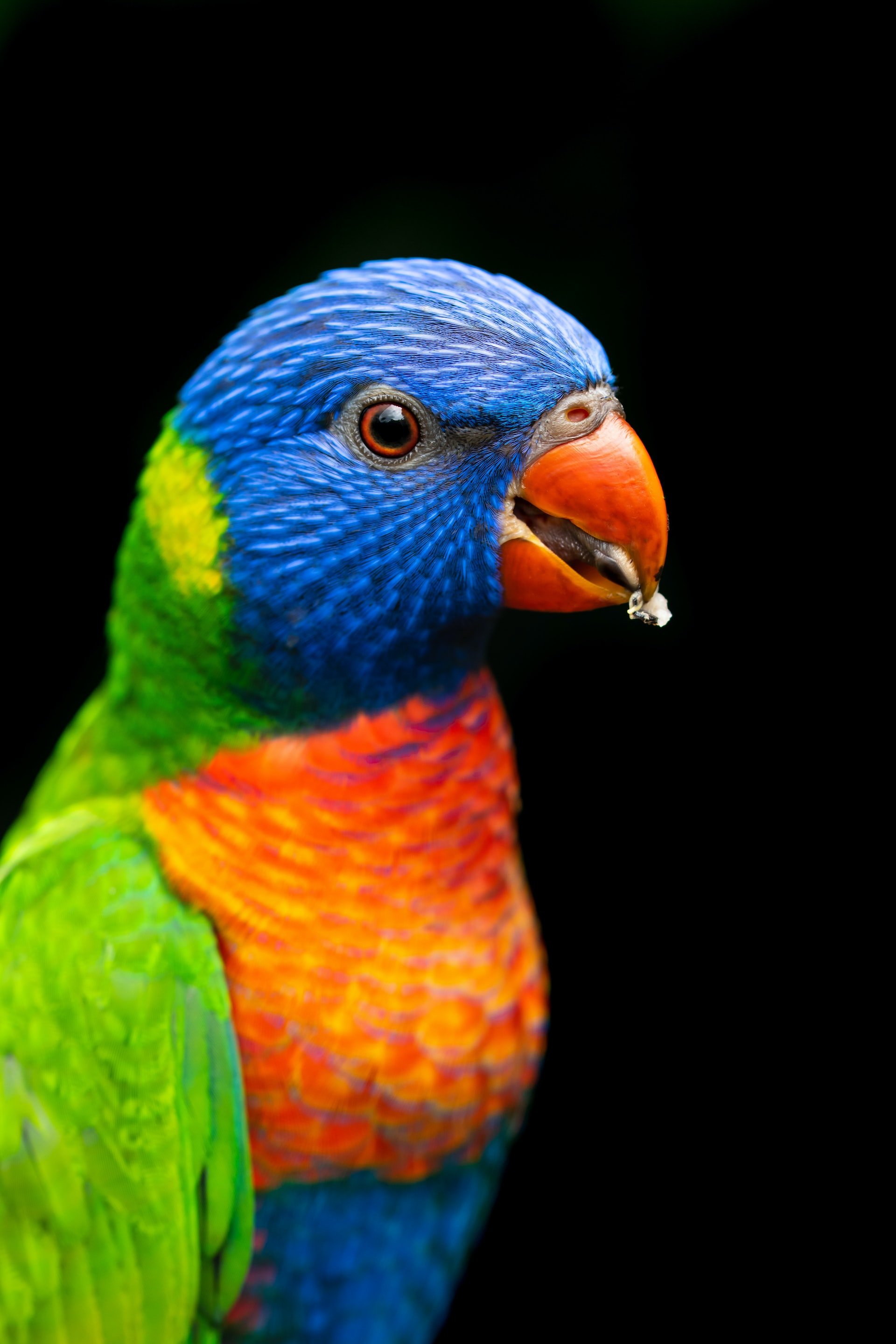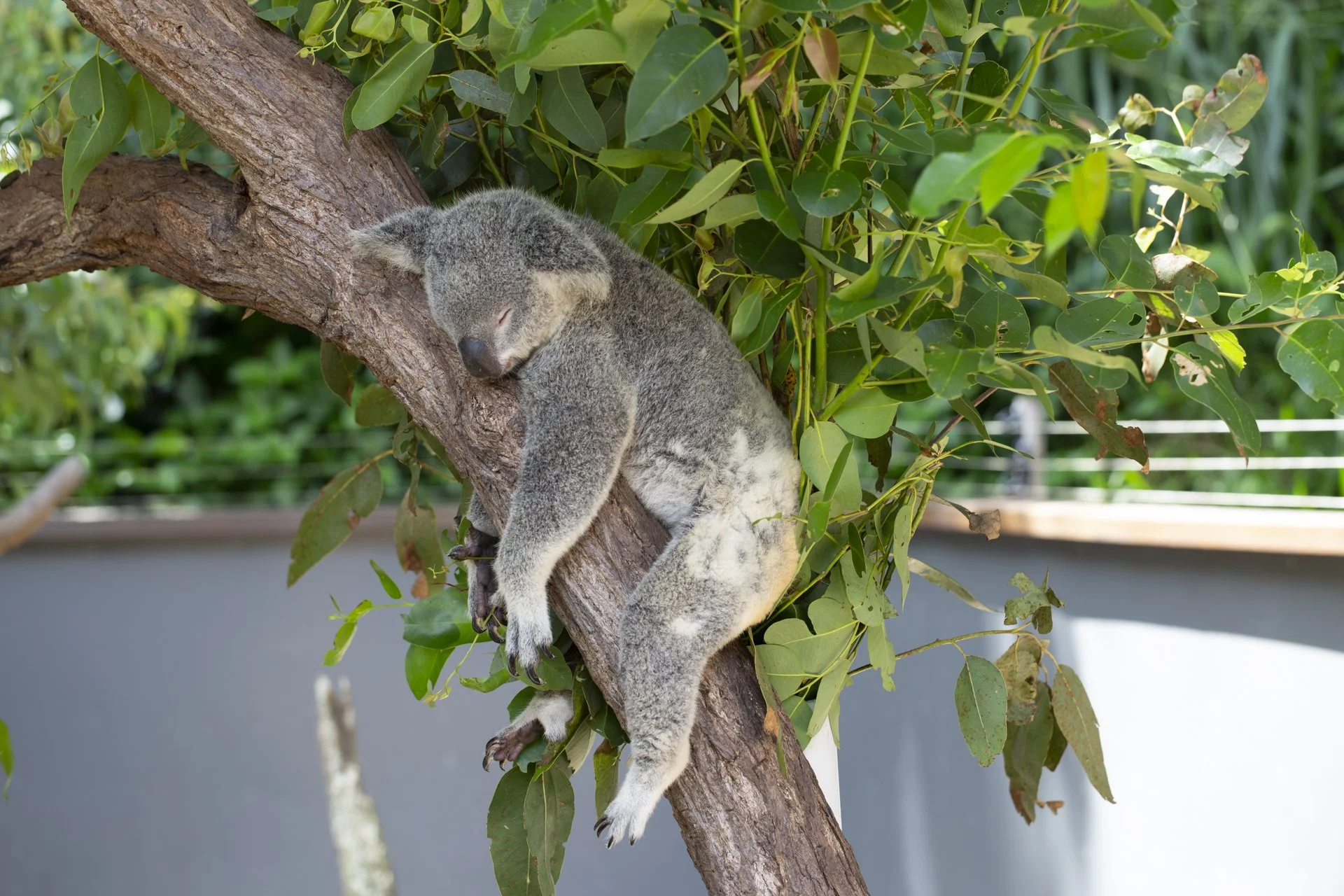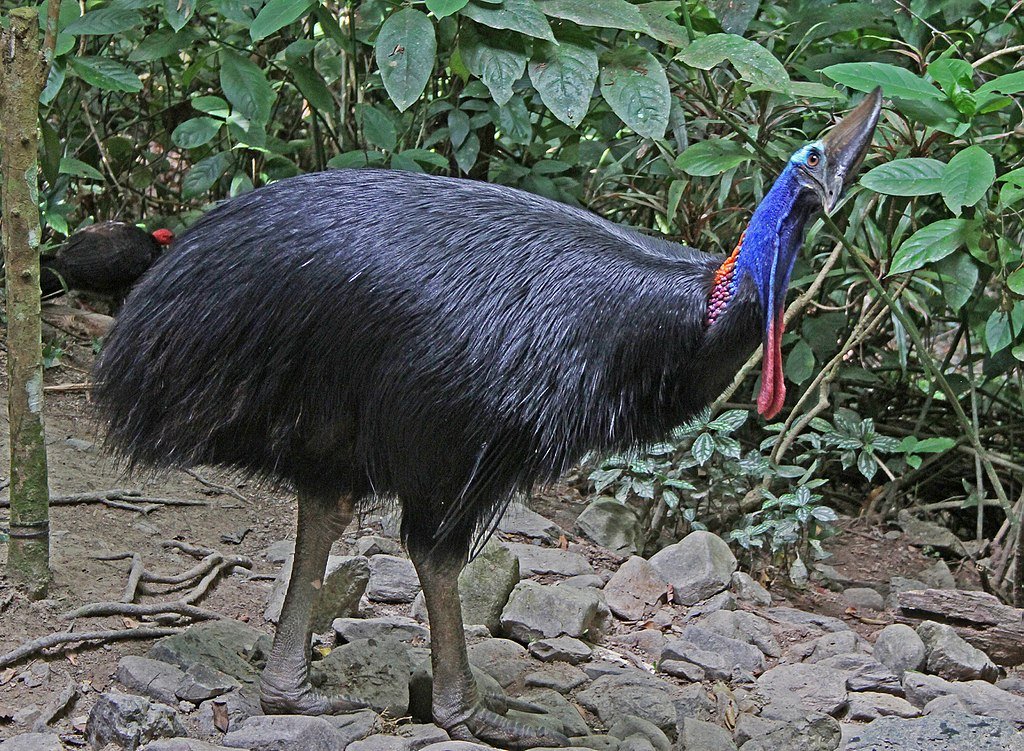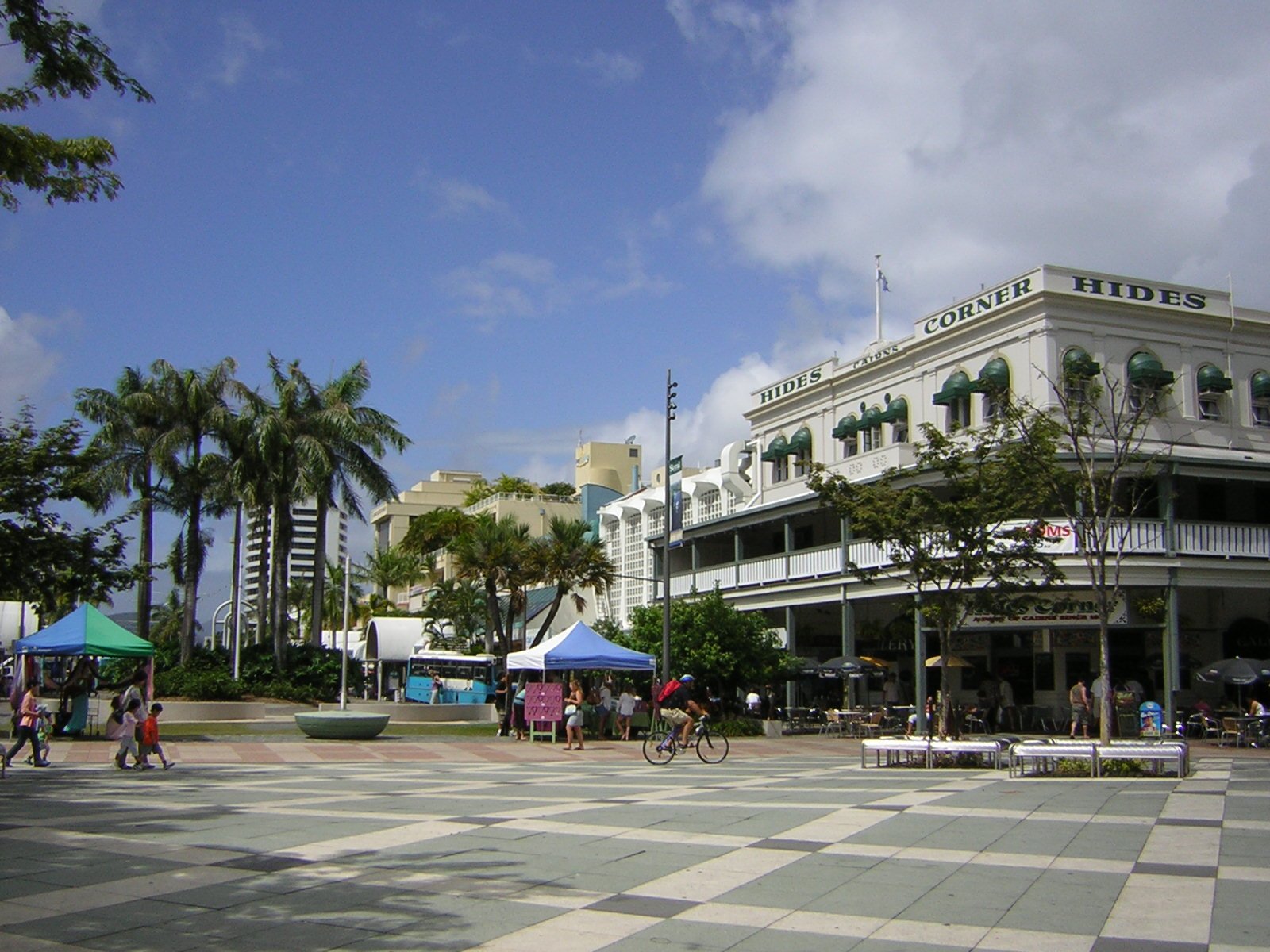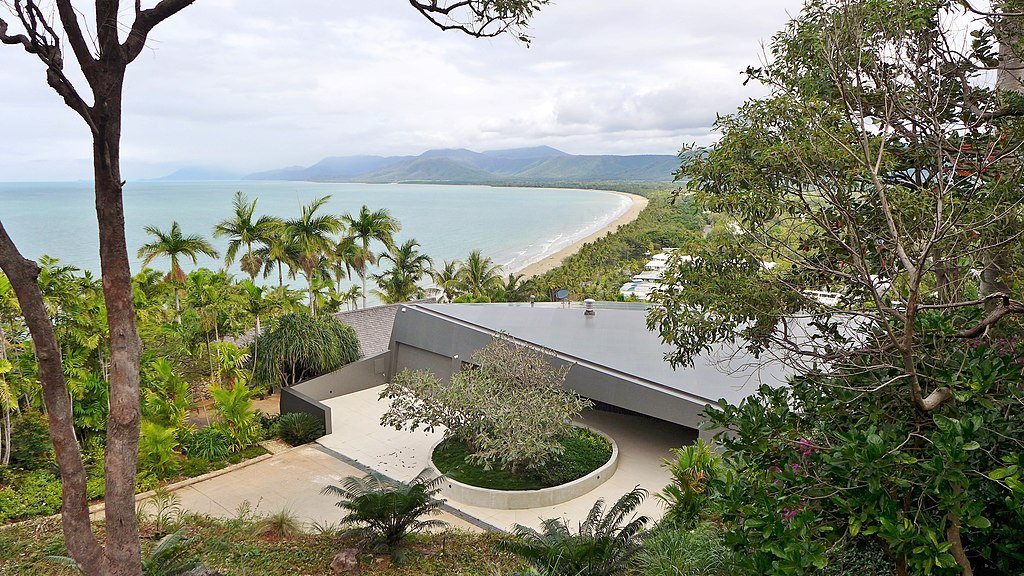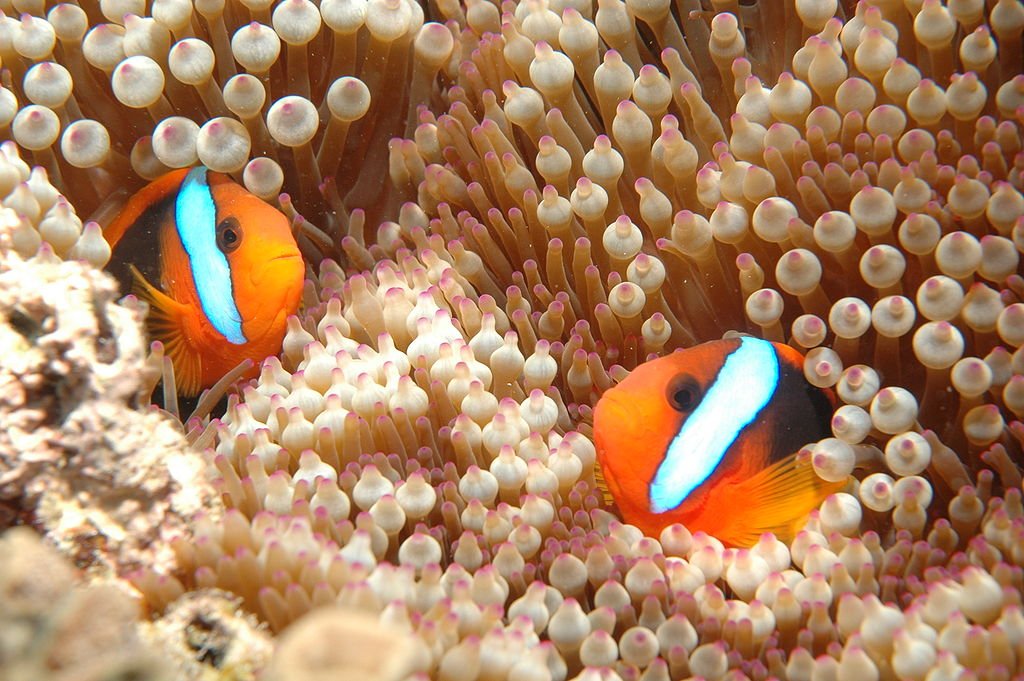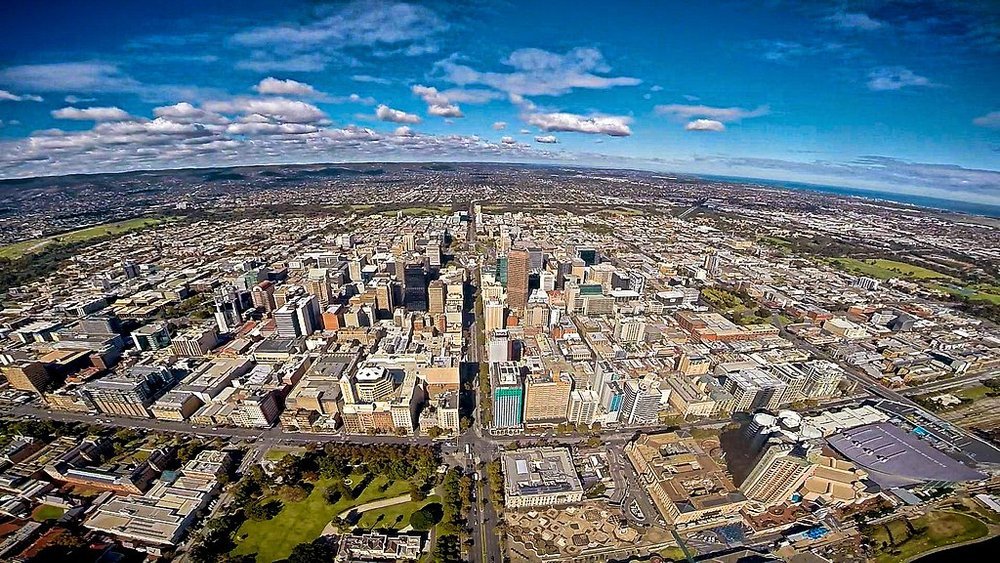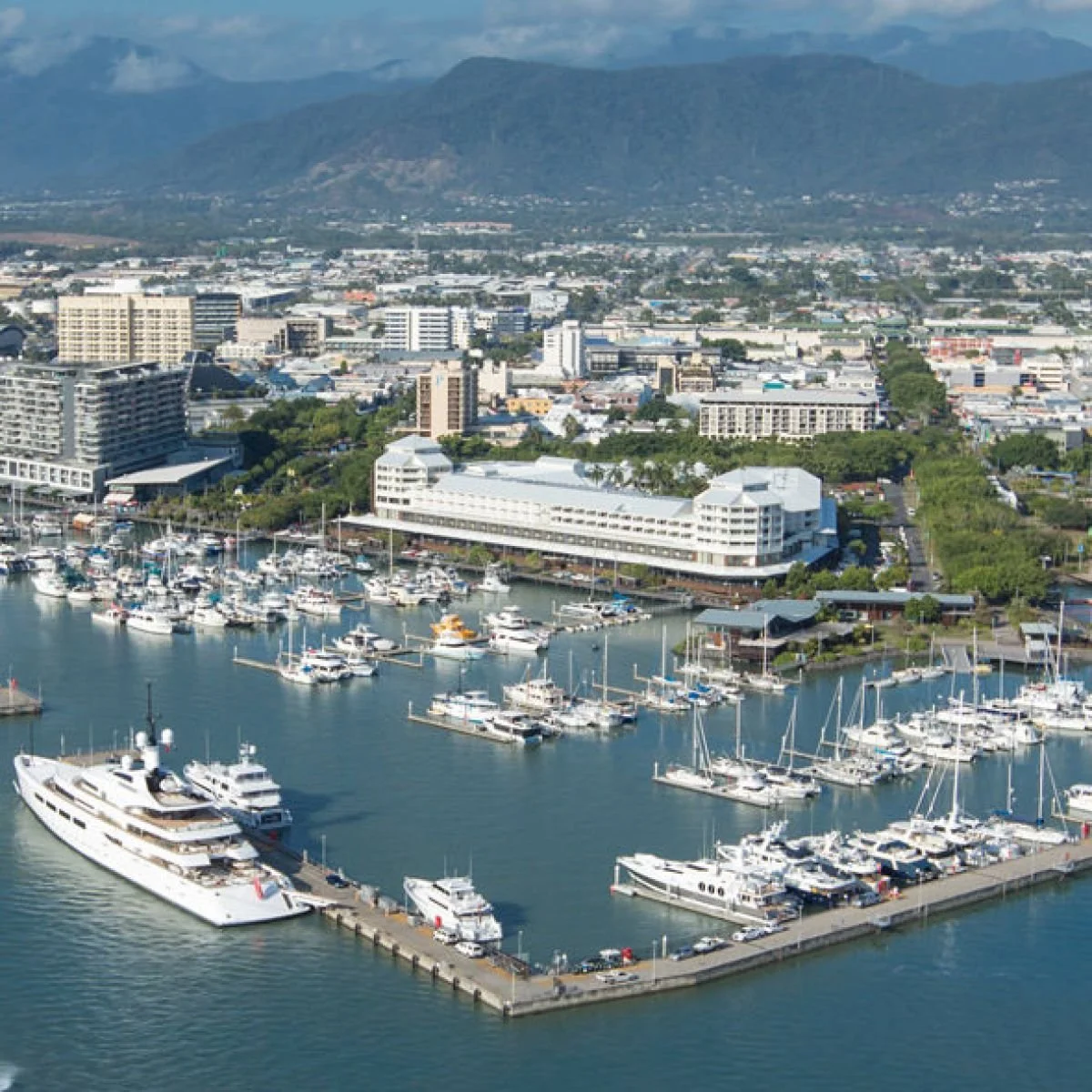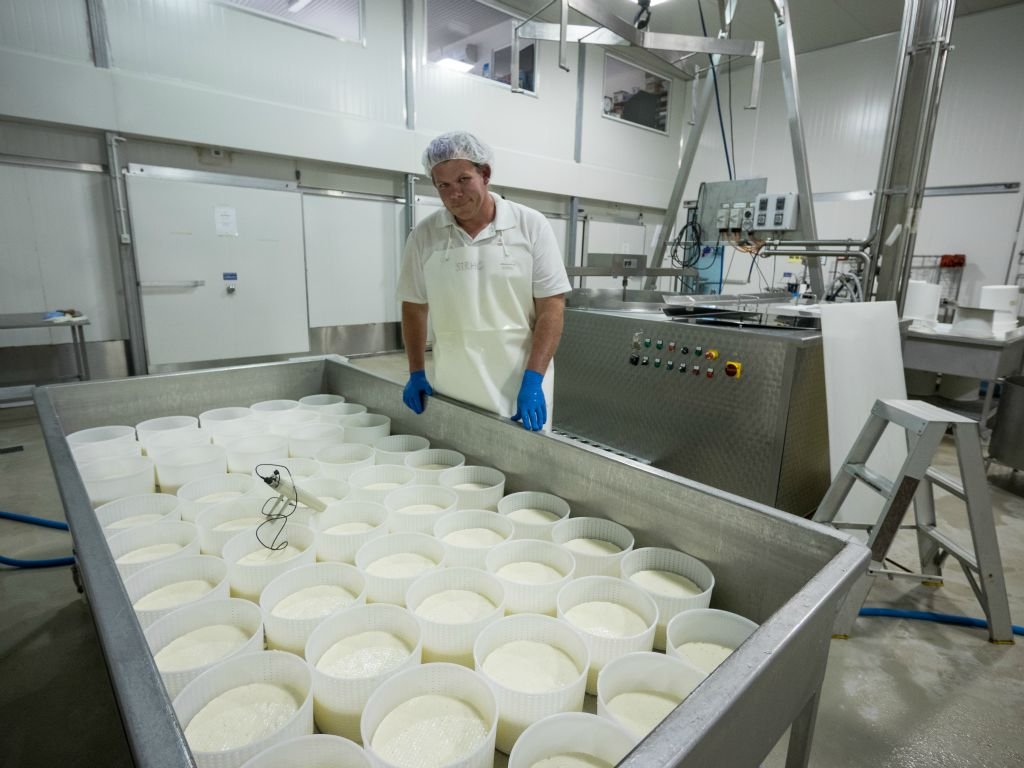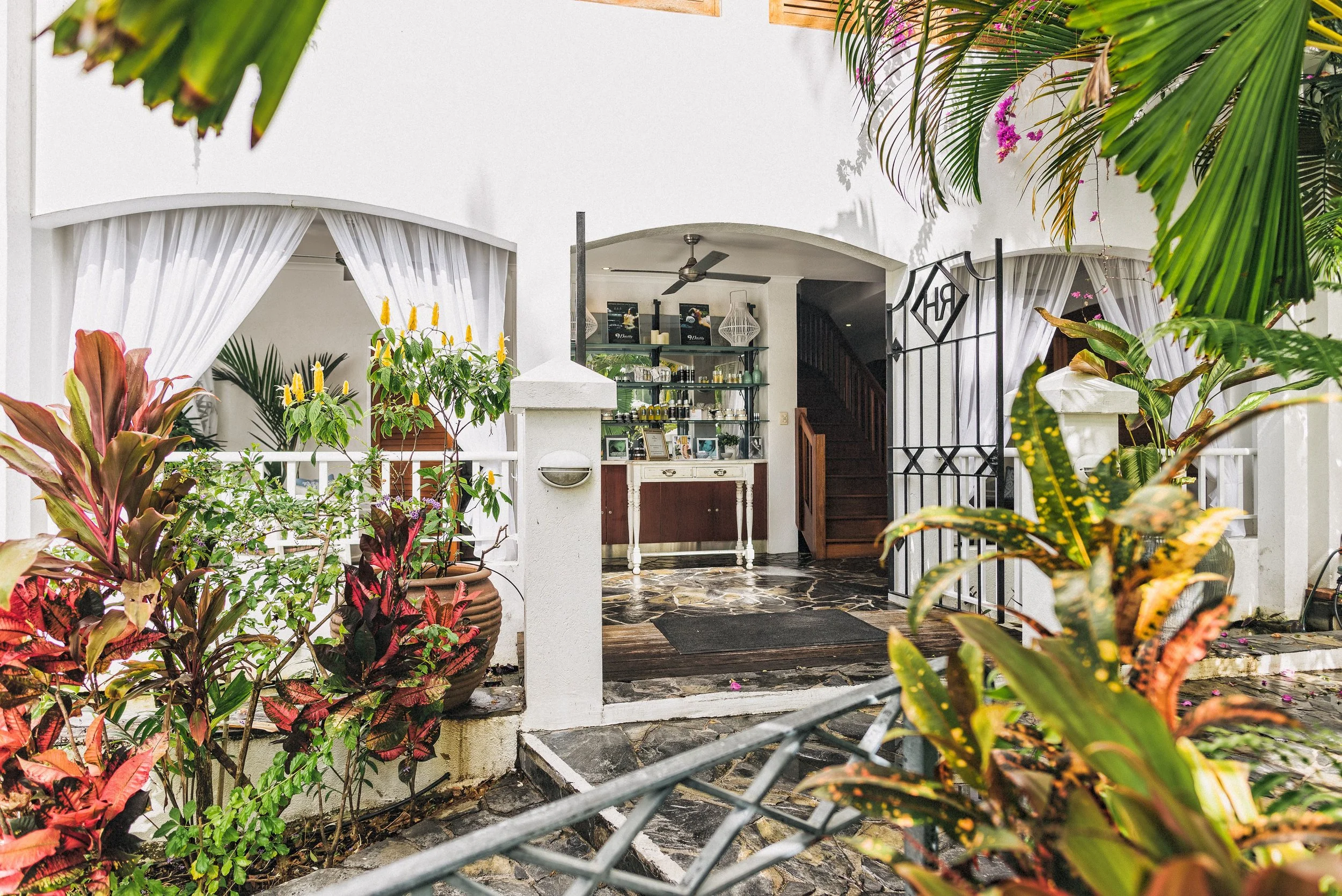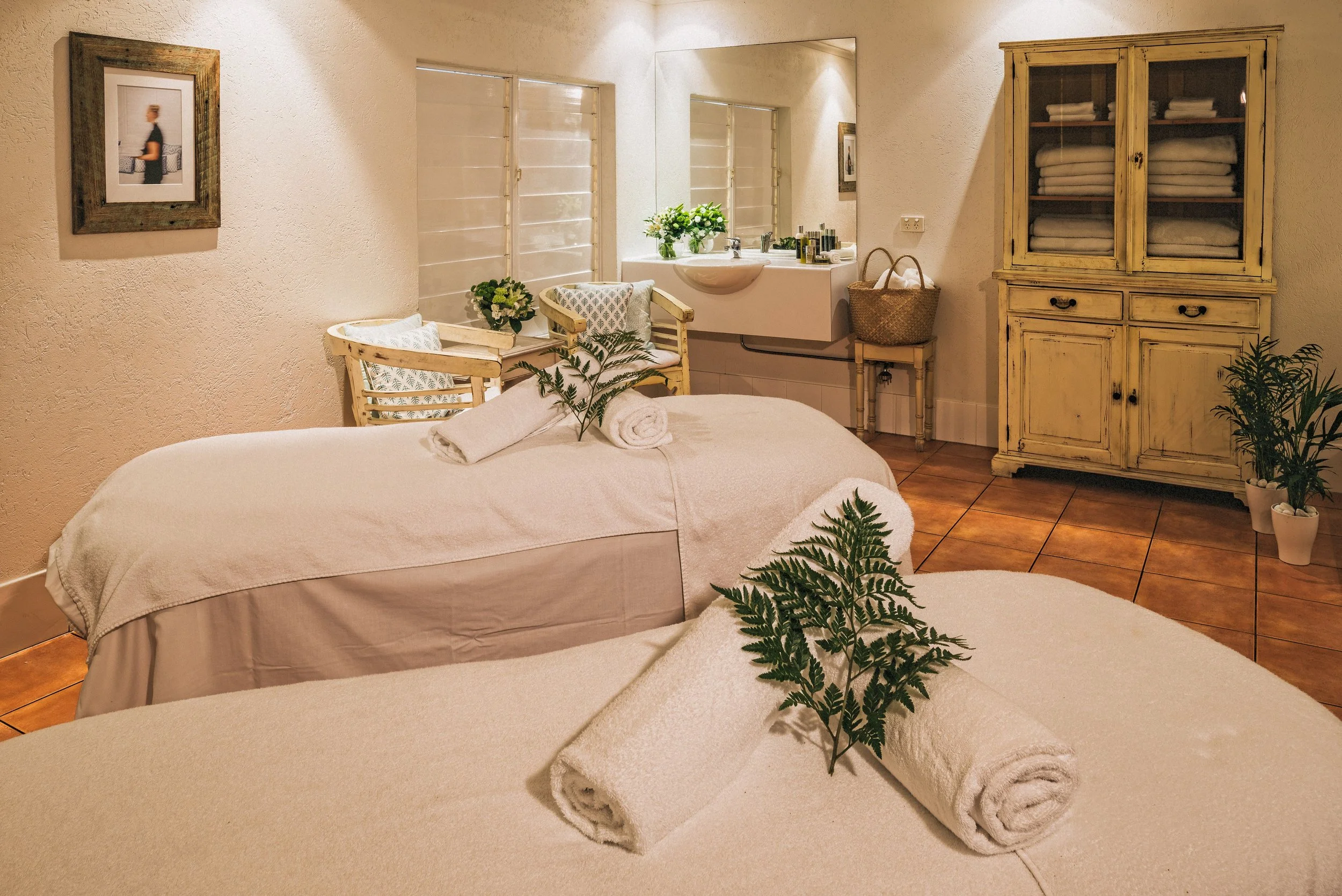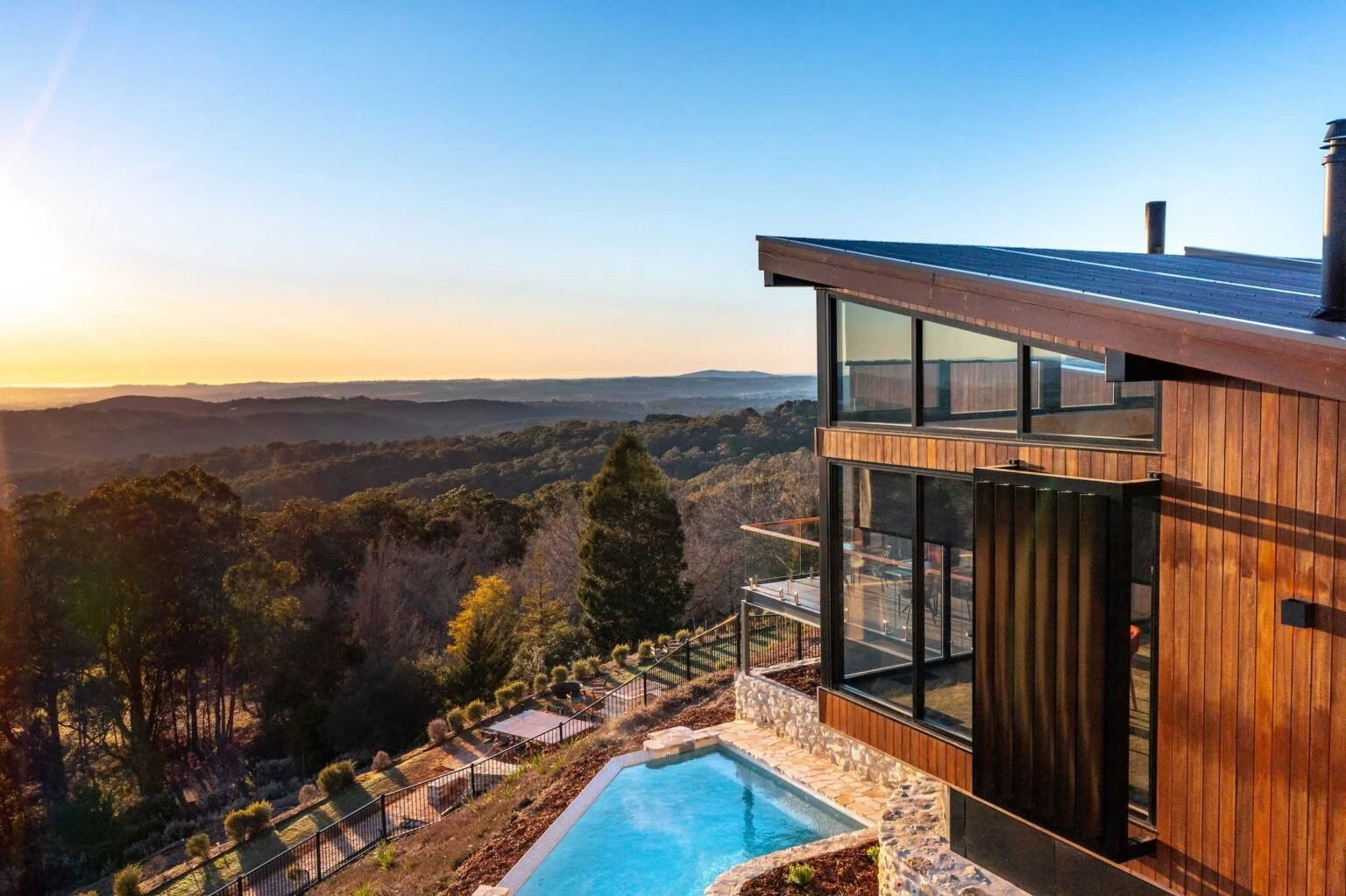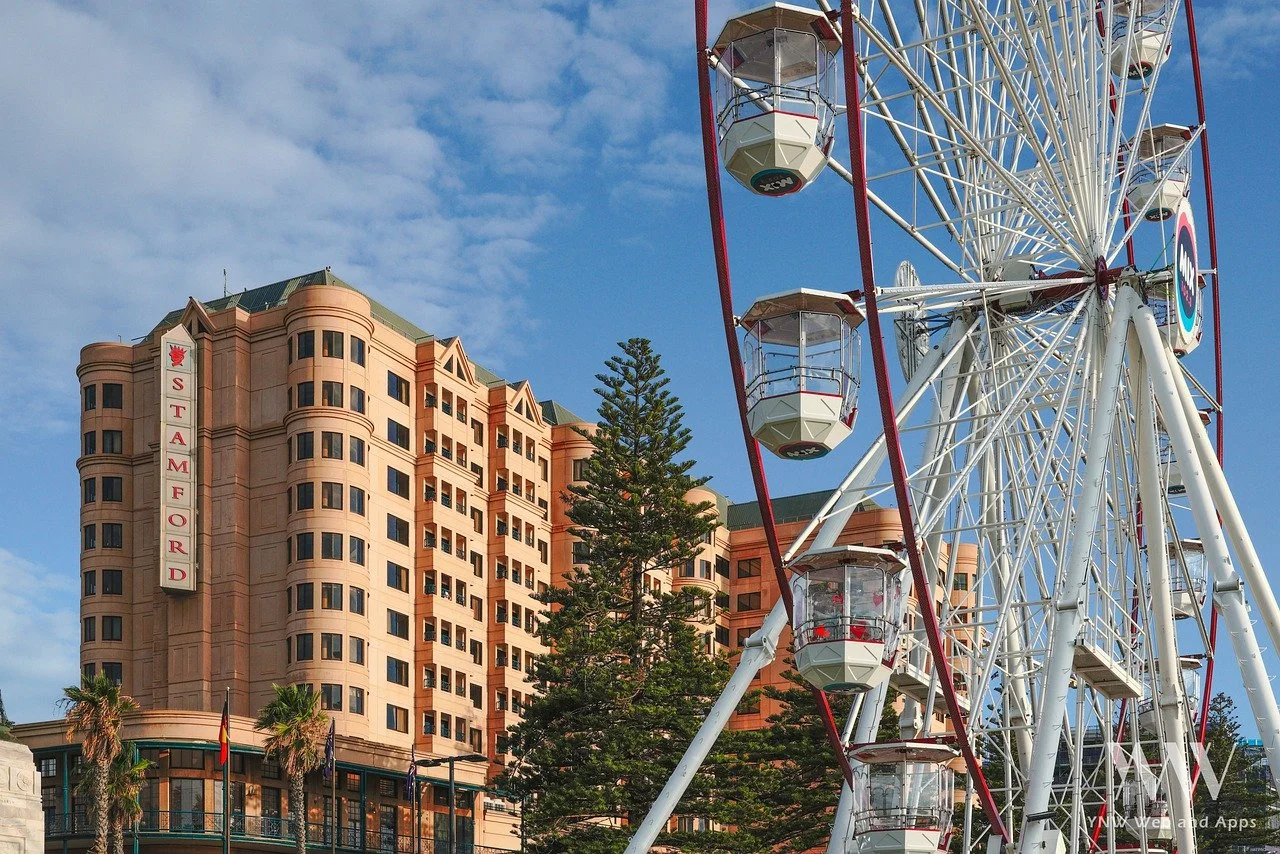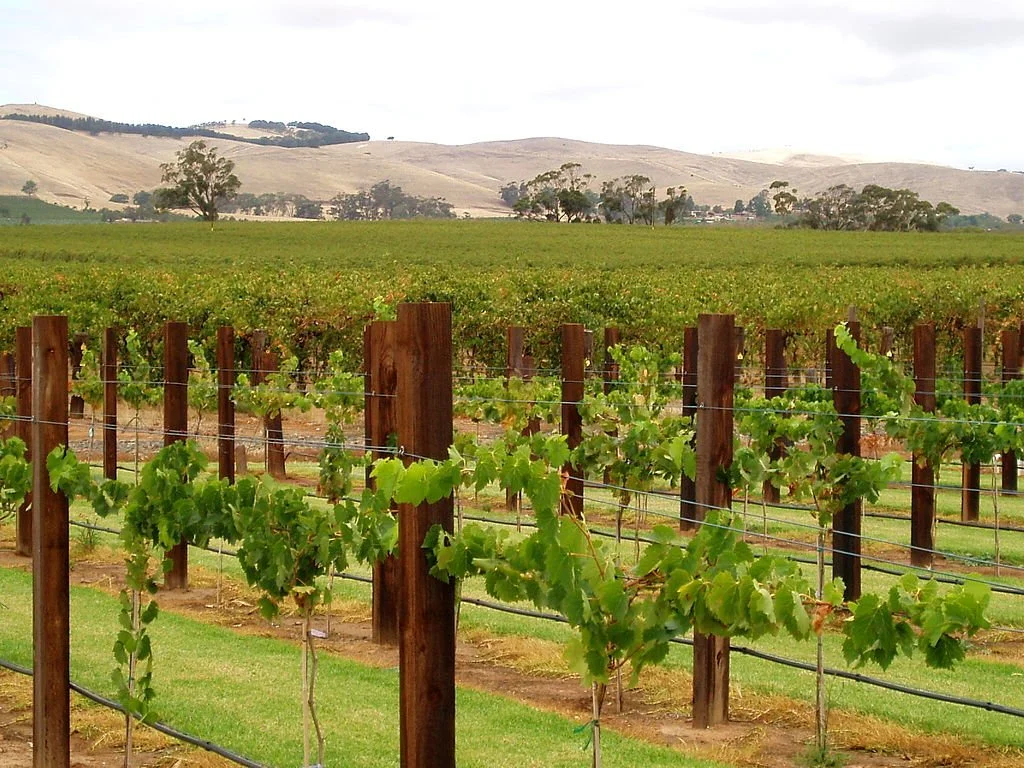In addition to the marine wonderland of the Great Barrier Reef, there’s so much to do in the Cairns area — including the Kuranda Scenic Railway, Trinity Inlet and the Cairns Museum — that you’ll have to plan your visit, especially if you’ve only got a couple of days.
The Great Barrier Reef stretches over an area of 134,634 square miles (344,400 square kilometers) — not surprisingly, it’s the largest coral reef in the world.
Considered one of the Seven Wonders of the Natural World, Australia’s Great Barrier Reef, is home to an incredible diversity of marine life, and a visit to the reef is an unforgettable experience.
The best jumping-off point to see the largest coral reef on the planet is the city of Cairns, on Australia’s northeast coast.
“With its clear waters and abundance of marine life, the Great Barrier Reef is a truly once-in-a-lifetime experience. ”
But as impressive as the Great Barrier Reef is, it’s not the only thing to see in the area. Here’s a guide to making the most of a couple of days in Cairns.
Snorkeling or diving the reef is an experience you’ll never forget.
Start with a snorkeling or diving tour of the Great Barrier Reef.
If you only have 48 hours in Cairns, be sure to book a snorkeling or diving tour of the reef. The Great Barrier Reef is home to an astonishing variety of marine life, and there’s no better way to see it than up close.
A snorkeling or diving tour will give you the chance to explore the reef at your own pace, but a qualified guide can point out the best bits. With its clear waters and abundance of marine life, the Great Barrier Reef is a truly once-in-a-lifetime experience.
If you want to be close to the water but not in it, take a glass-bottom boat tour of the reef instead.
See the reef on a glass-bottom boat tour — or a helicopter ride.
If snorkeling or diving isn’t your thing, a glass-bottom boat tour is a must if you’re looking for an unforgettable way to experience the Great Barrier Reef. You’ll have the chance to see the reef up close — while staying dry — as you glide over the colorful coral and fish. Be sure to keep an eye out for turtles, manta rays and sharks. If you’re short on time, plenty of tour operators offer half-day or even three-hour tours.
And there’s nothing quite like a helicopter ride for a bird’s-eye view of the reef. You’ll marvel at the size and scale of the reef as you soar over its vast expanse. Helicopter rides typically last around 30 minutes, so they’re perfect if you’re pressed for time. Just be sure to book in advance, as spaces fill up fast.
The Skyrail Rainforest Cableway takes you through lush greenery, where you can see rainbow lorikeets, koalas and cassowaries.
Admire the flora and fauna along the Kuranda Scenic Railway and Rainforest Cableway.
There’s no time to waste when you only have 48 hours in Cairns. Make the most of your limited time by taking a walk through the rainforest via the Kuranda Scenic Railway. This popular tourist operation offers breathtaking views of the lush rainforest canopy, as well as opportunities to spot some of the area’s wildlife, including koalas, rainbow lorikeets (parrots as colorful as their name suggests) and even a large flightless bird called the cassowary (if you stop off at Birdworld).
The railway is also a great way to learn about the local Aboriginal culture, with guided tours available in several languages.
And if you’re feeling adventurous, you can even take a dip in one of the many natural swimming holes along the way.
Go for a swim in the Esplanade Lagoon, then explore the CBD, the central business district.
Spend the day exploring Cairns CBD.
To explore the city, start with a visit to the Esplanade Lagoon, where you can take a dip or simply relax on the beach. Then, head to the Cairns Museum to learn about the city’s history and culture.
Visit a local history museum, the botanic gardens or zipline over a crocodile at Cairns Zoom and Wildlife Dome.
Finish up your day with a walk through the botanic gardens, where you can admire the diverse plant life of Tropical North Queensland. With so much to see and do, you’re sure to have an unforgettable experience when you spend a day exploring Cairns CBD.
The patio at the hip Chambers café, known for its brunch and cocktail bar.
Enjoy a meal at one of the city’s many restaurants or food trucks.
There’s no denying that food is an important part of the travel experience. Trying new dishes and sampling local specialties is a great way to get a taste for the culture of a place. If you’re short on time but big on appetite, make sure to check out some of Cairns’ best restaurants.
From casual cafés like Caffiend and the Chambers to fine dining establishments like the French restaurant C’est Bon and Tamarind at the Reef Hotel Casino, there’s something to suit every taste and budget.
For a quick bite, head to one of the city’s many food trucks or grab a slice of pizza from a pizzeria.
Whether you’re looking for a quick snack or a gourmet meal, Cairns’ restaurants won’t disappoint.
A gorgeous sunrise over Trinity Inlet
Head to the lookout for views of Cairns and Trinity Inlet.
If you find yourself in Port Douglas (about an hour up the coast), make sure you stop at the Trinity Bay Lookout. It’s just a short walk from Four Mile Beach, and from here you'll be able to see the city skyline, including the iconic palm trees that line the waterfront.
Climb to the top of the Trinity Bay Lookout for views of Four Mile Beach.
On a clear day, you may even be able to see as far as Double Island off the coast. The lookout also offers stunning views of Mount Whitfield, which is worth hiking to the top of for another vantage point.
You might not find Nemo (or any other clownfish) with only two days in Cairns. But plan your itinerary — and make sure you include the Great Barrier Reef.
So there you have it: 48 hours in Cairns doesn’t have to be rushed. By following these tips, you can make sure you have a truly memorable experience, even when time is limited. –Charlie Btallent





